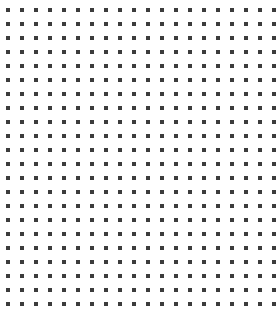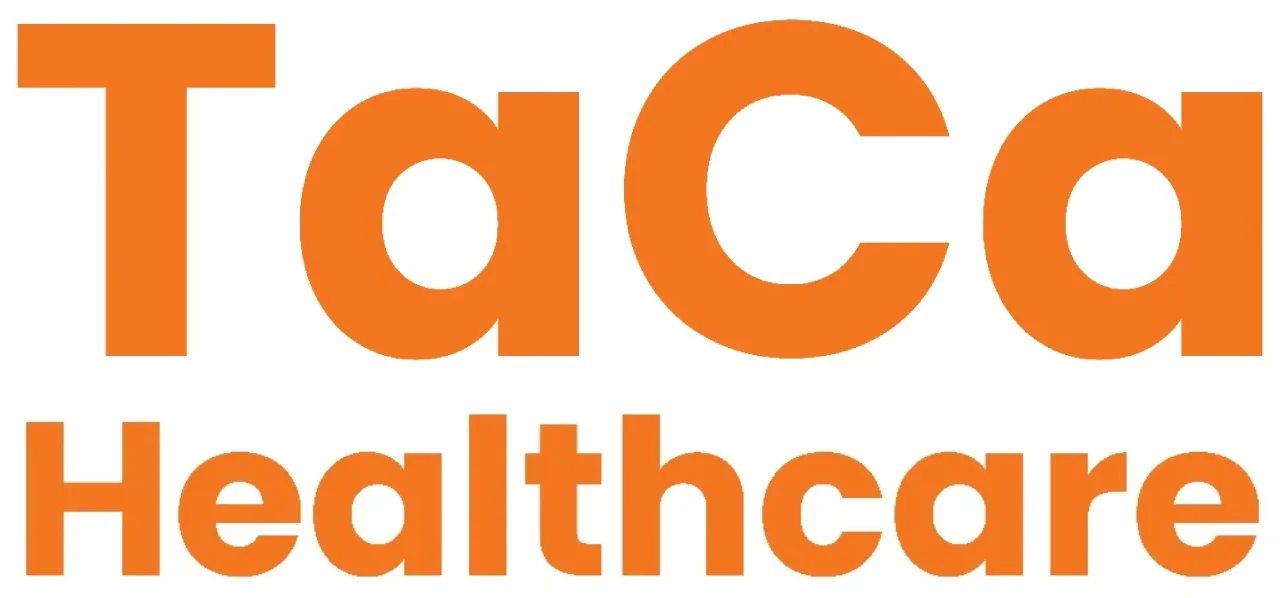

The primary goal of a septoplasty operation is to straighten up a deviated septum that is obstructing the nose and impairing breathing. Sometimes septoplasty is usually required in the following cases:
To initiate the septoplasty, the surgeon will create various types of incisions at the surgical site. Some of the Septoplasty Incisions options are mentioned below:
TaCa is offering treatment as per the need and condition of the patient. TaCa is having the team of best septoplasty surgeons, when septoplasty surgical procedure becomes necessary, the doctor might explore the following options:
TaCa strives to provide top-notch healthcare services at affordable rates, ensuring accessibility for all. TaCa strongly advocate that minimizing preventable hospital admissions is both a moral obligation and a cost-efficient method for ensuring fair and accessible healthcare. We aim to deliver high-quality surgical care conveniently located near individuals. Collaborating with specialized physicians and healthcare partners, TaCa implements proven innovations and best practices to enhance patient care. Below mentioned are some of the benefits which TaCa is offering to the patients:
Post-surgery care initiates right after surgery, extending throughout hospital stay and potentially continuing post-discharge. As an integral aspect of post-operative care TaCa handholds the patients and also helps them in getting free follow-up visits with surgeons, so that it may not be a hassle for them after surgery.


At TaCa Healthcare we align a dedicated TaCa dost with each and every patient so that you don't have to worry about formalities & paperwork at hospital.

TaCa Healthcare offers Treatment at very affordable rate. We also provide insurance paperwork support.

At the heart of our healthcare philosophy is a commitment to putting patients first.


After a septoplasty, individuals usually experience mild to moderate discomfort. Some compare the feeling to a sinus infection, describing it as a mix of pain and pressure felt around the eyes, forehead, cheeks, and upper teeth.
No. Septoplasty doesn’t change the shape of nose.
The average duration of a septoplasty procedure is 30–90 minutes, depending on the severity.
TaCa is having a team of skilled or good surgeons, that are important because they know the significance of determining when surgery is necessary and when it’s not. They recognize that the decision-making process holds more significance than the surgical procedure itself. Ultimately, the aim of any surgery is to serve the patient’s well-being.
Complications associated with septoplasty are rare. But there are some possible risks associated with it. Some of them are mentioned below:
Several factors are there which are responsible for the cost of septoplasty procedure:
Recovery from initial septoplasty often takes a week or less. However, the bone and cartilage will continue to repair over the course of several months to a year.
Following a primary septoplasty, iatrogenic abnormalities ignored during surgery and diseases disregarded during the initial procedure may produce permanent or recurring nasal blockage.
